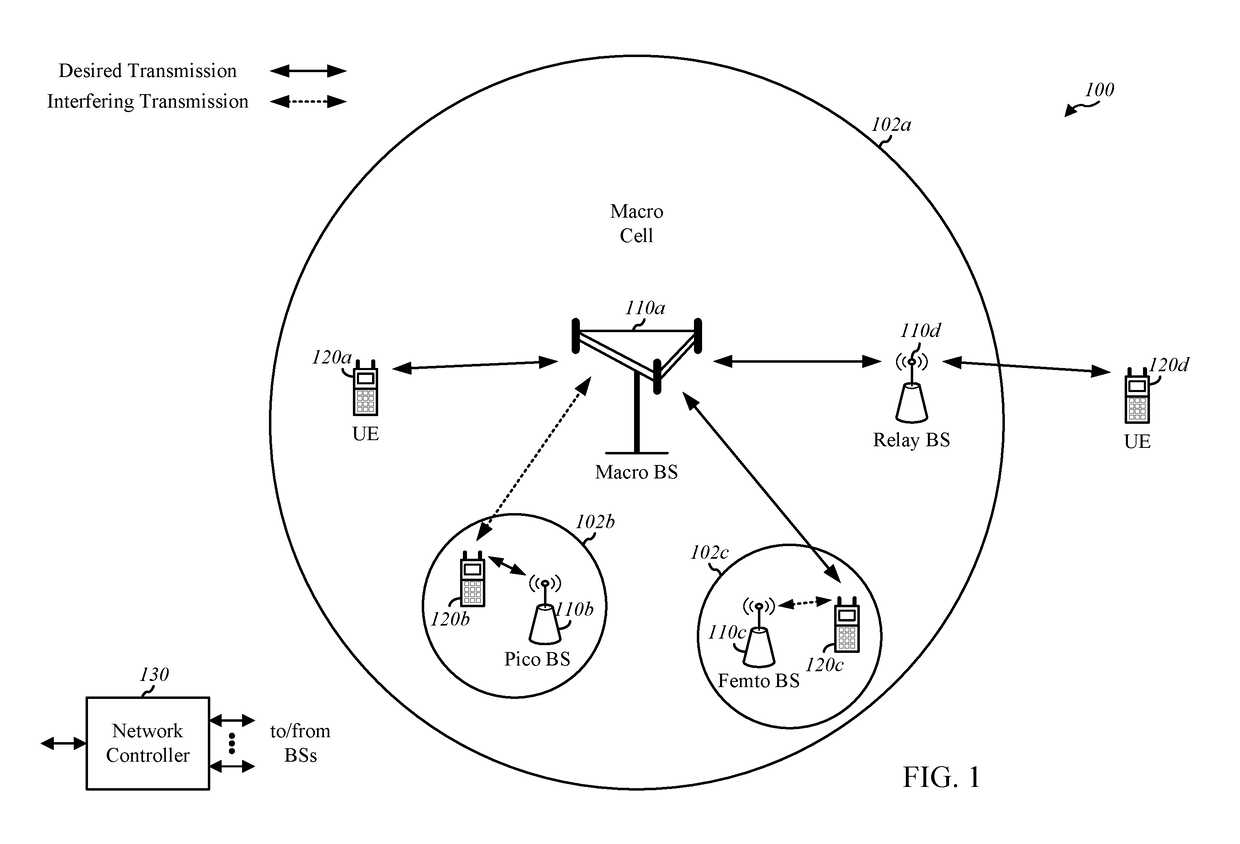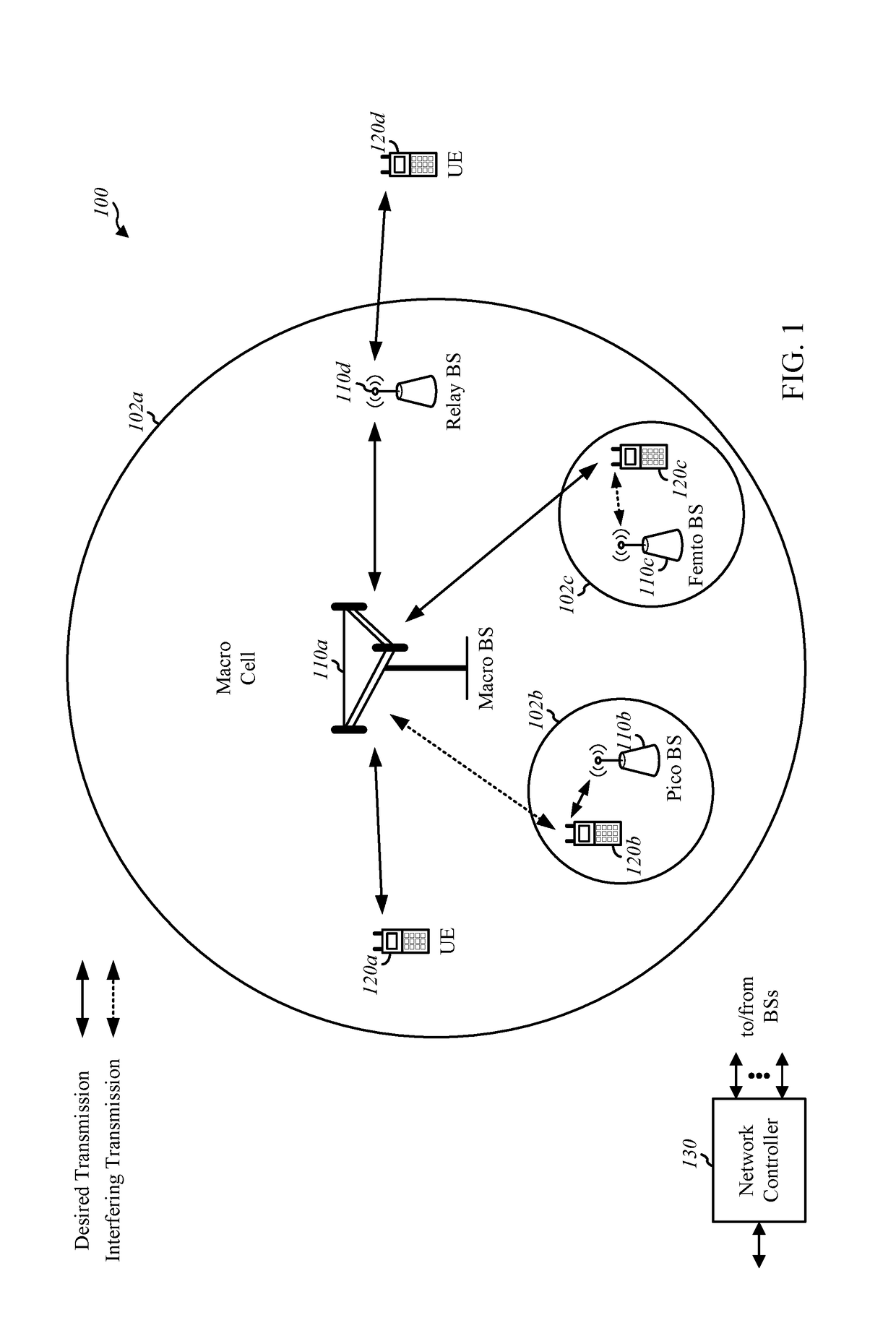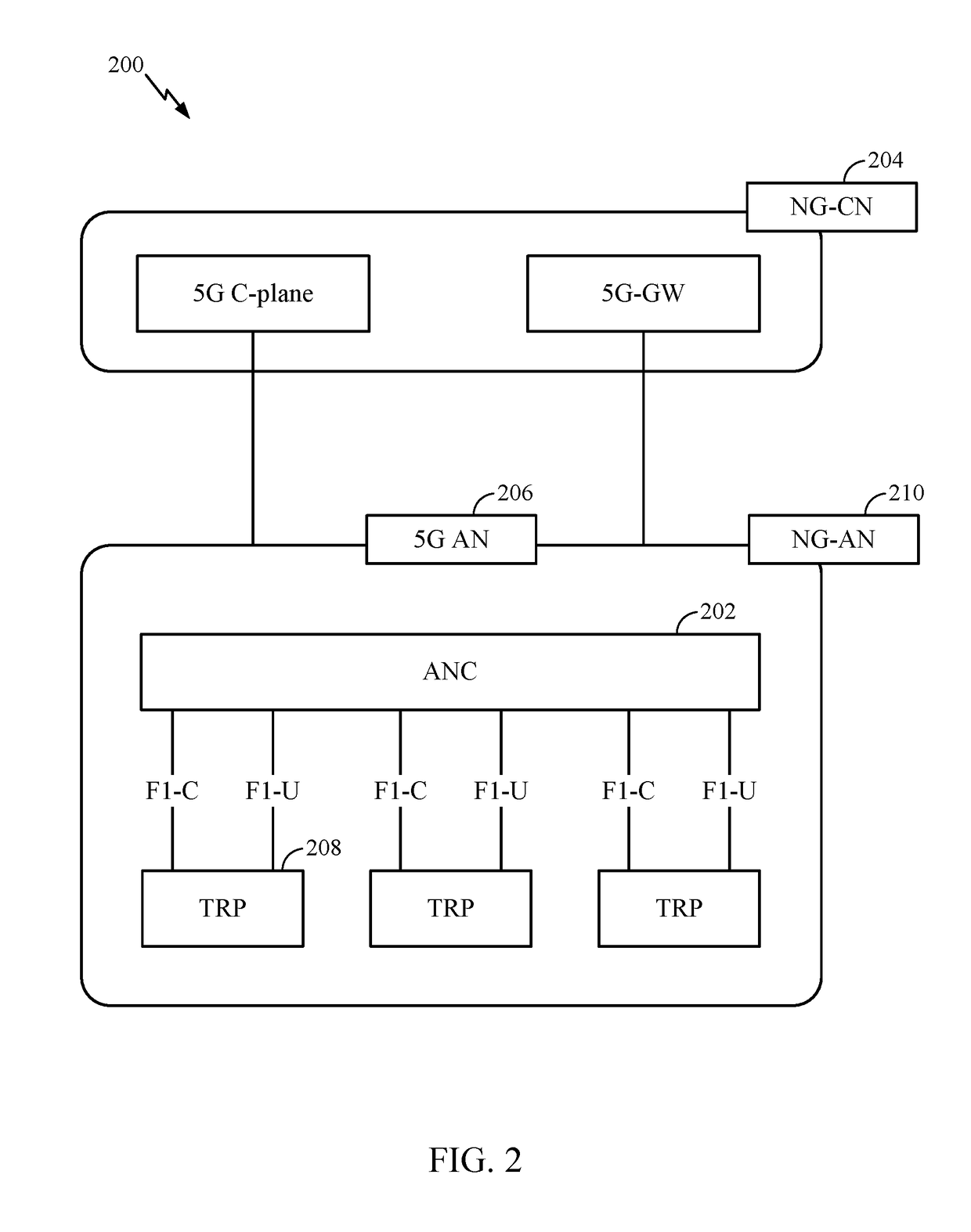High performance, flexible, and compact low-density parity-check (LDPC) code
a low-density parity and compact technology, applied in the field of methods and apparatuses, can solve the problems of unusable data, unintentional introduction of binary data processing errors, and inability to fully recover original data, and achieve the effect of high data rates and reasonable costs
- Summary
- Abstract
- Description
- Claims
- Application Information
AI Technical Summary
Benefits of technology
Problems solved by technology
Method used
Image
Examples
example independent
Clustering Scheme for Efficiently Lifting LDPC Codes
[0127]In a wireless communication system (e.g., wireless communications system 100), a set of error correcting codes (e.g., LDPC codes) may be used, for example, for various ranges of blocklengths and / or code rates to be used. To increase efficiency in terms of implementation and compactness of description, it is desirable that the set of codes are related.
[0128]As described above with respect to FIG. 9, a base graph or parity check matrix (PCM) (having K information bits-columns and N total transmitted bit-columns) can be copied, and random permutations to each edge bundle to interconnect the copies, to provide a lifted LDPC code. Practical codes use cyclic permutations or circulant permutation matrices to interconnect the copies of the lifted base graph, resulting in quasi-cyclic codes, which may be easier to implement in hardware. In an example, for a lifting value Z, each edge in the base PCM is associated with an integer lifti...
example selection
of LDPC Code from a Family of LDPC Codes for a Desired Transmission Rate
[0195]As described in the sections above, a coding scheme can be used that uses two or more LDPC families (i.e., multiple lifted base graphs with shortening and puncturing), where different LDPC families can be used for encoding information to be transmitted depending on the desired (starting) transmission rate (and other factors).
[0196]For a desired K (number of information bits) and N (number of code bit columns), there may be multiple solutions by varying the number of base graph columns used, the value of the lifting, and the number of shortened / punctured bits. As described in the section above, for a given K, N, a family of LDPC codes may be selected that has a minimum and maximum number of information columns denoted by kb,min and kb,max. The supported lift sizes form a tower given by {Z1, Z2, . . . , Zm}. Thus, for a desired K, N there could be multiple ways to construct the code by choosing kb,min≦K≦kb,m...
PUM
 Login to View More
Login to View More Abstract
Description
Claims
Application Information
 Login to View More
Login to View More - R&D
- Intellectual Property
- Life Sciences
- Materials
- Tech Scout
- Unparalleled Data Quality
- Higher Quality Content
- 60% Fewer Hallucinations
Browse by: Latest US Patents, China's latest patents, Technical Efficacy Thesaurus, Application Domain, Technology Topic, Popular Technical Reports.
© 2025 PatSnap. All rights reserved.Legal|Privacy policy|Modern Slavery Act Transparency Statement|Sitemap|About US| Contact US: help@patsnap.com



